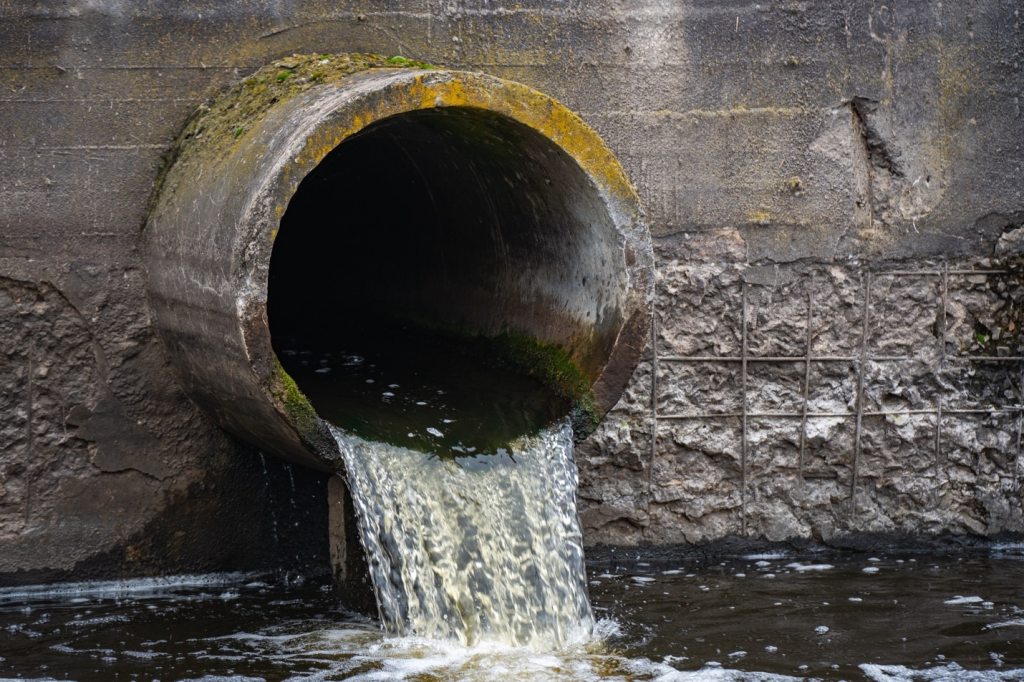As cities across the U.S. confront deteriorating sewage infrastructure, a recent report reveals the massive financial investment required to address this pressing issue.
The Tennessee Advisory Commission recently released the first-of-its-kind Report of the Tennessee Advisory Commission on Intergovernmental Relations, highlighting that Tennessee will need over $3 billion by 2027 to repair, replace, and expand its wastewater systems. While the state has already distributed more than $500 million in federal
American Rescue Plan funds toward wastewater upgrades, the report warns that billions more are still needed to maintain and expand these critical systems.
Tennessee’s wastewater infrastructure is already under scrutiny from state and federal regulators. A Tennessee Lookout article notes that many local wastewater systems are under moratoriums by the Tennessee Department of Environment and Conservation due to frequent sewage overflows, prohibiting expansions until the issues are resolved. The U.S. Environmental Protection Agency (EPA) has also documented violations of the Clean Water Act in Springfield, Knoxville, and Nashville, with the latter under a federal mandate to carry out nearly half a million dollars in repairs to continue providing service.
A Nationwide Challenge
Tennessee’s situation reflects a nationwide crisis. Across the U.S., wastewater infrastructure is aging, underfunded, and vulnerable to failure. The American Society of Civil Engineers (ASCE) warns that the country faces a water infrastructure funding shortfall that could exceed $1 trillion over the next 20 years. More than 240,000 water main breaks occur annually, and outdated sewage systems contribute to environmental hazards like untreated sewage spills and water contamination, posing public health risks.
Local governments are particularly vulnerable, often struggling to balance operational costs with necessary infrastructure upgrades. The shortage of federal funds places more pressure on state and local budgets, which are already stretched thin.
The Financial Burden
Upgrading wastewater systems requires substantial investment, and local governments carry the heaviest financial load. Maintaining existing systems can consume 30-50% of many municipalities’ annual budgets, according to studies. While some local governments have implemented user fees to help offset costs, these measures are often politically sensitive. Inconsistent state and federal grant funding further complicates municipalities’ efforts to address urgent infrastructure needs.
Environmental and Public Health Risks
Failing wastewater systems pose serious risks to public health and the environment. Inadequately treated sewage can contaminate waterways, endangering communities that rely on them for drinking water and recreation. Low-income neighborhoods are particularly vulnerable, as they often lack the resources to respond to contamination or sewage overflow emergencies effectively.
Cities Under Pressure
Across the U.S., cities have adopted various strategies to manage wastewater challenges. Some have turned to public-private partnerships to leverage additional resources, while others have explored innovative financing mechanisms. Yet the scale of investment needed often requires difficult trade-offs, diverting resources from other essential services like education and public safety.
Federal initiatives like the Water Infrastructure Finance and Innovation Act (WIFIA) and the Bipartisan Infrastructure Law offer some relief through low-interest loans and targeted funding. However, critics argue these efforts still fall short of addressing the full scope of the crisis. Many municipalities are exploring green infrastructure projects—using natural systems to manage stormwater and reduce the burden on traditional sewage systems. Others are adopting tiered water pricing to encourage conservation and raise revenue for infrastructure investments.
Community Engagement Matters
Public involvement is essential in addressing these infrastructure challenges. Educating communities about the importance of wastewater investment can help build support for funding initiatives. Cities that actively engage residents in decision-making processes often find it easier to implement rate increases or secure approval for new funding mechanisms. Transparency about infrastructure conditions and the risks of inaction can also motivate community advocacy and foster public understanding of the long-term benefits.
The Road Ahead
Tackling the challenges posed by aging wastewater infrastructure requires a multifaceted approach that blends increased funding, innovative financing, community involvement, and strategic planning. As Tennessee’s situation illustrates, the need for immediate action is clear, but solutions must be sustainable and equitable. Long-term planning is also essential, especially as climate change intensifies the demand for resilient infrastructure.
Many cities are already integrating climate resilience into their infrastructure strategies, recognizing that proactive planning is critical for safeguarding public health and environmental quality. At GPRS, we are committed to supporting these efforts by keeping projects on time, on budget, and safe. Our expertise in subsurface damage prevention, existing conditions documentation, and project and facility management ensures that essential water and wastewater infrastructure projects succeed.
This critical data is always at your fingertips thanks to SiteMap® (patent pending), GPRS’ facility & project management application that provides accurate existing conditions documentation to protect your assets and people. Easily, yet securely accessible 24/7 via any computer, tablet or smartphone, SiteMap® allows for seamless communication between you and your project team, eliminating the costly and potentially dangerous mistakes that come from miscommunications.
GPRS SiteMap® team members are currently scheduling live, personal SiteMap® demos.

